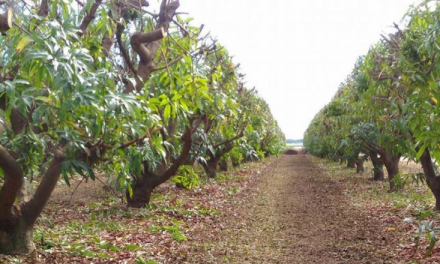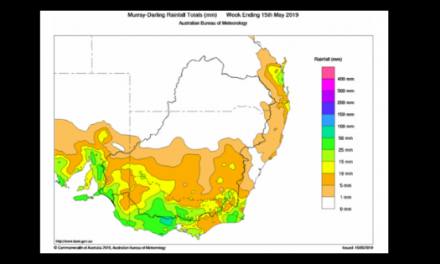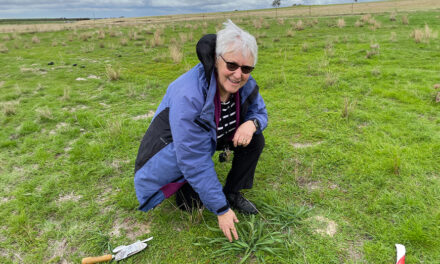Kidsafe Victoria has emphasised the importance of safety on farms with new statistics showing that children in regional Victoria are at greater risk of suffering from an injury or injury related death.
The latest edition of the Victorian Injury Surveillance Unit’s (VISU) Hazard report reveals that child (0-14 years) injury related death rates in outer regional areas of Victoria are four times that of rates for children in major cities (5.2 deaths per 100,000 population compared to 1.3 per 100,000).
The report also highlights that Ambulance attendance rates, emergency department presentations and hospital admissions were all higher for children in inner and outer regional areas compared to major cities in Victoria.
Jason Chambers, General Manager of Kidsafe Victoria, highlighted the unique environments and hazards that were present for children on farms and in regional areas.
“Farms typically combine the family home and an industrial workplace, which means children are exposed to a wide range of hazards that aren’t present in urban home environments.”
“Common injury hazards for children on farms include machinery, vehicles (e.g. tractors, motorbikes and quad bikes), animals, water hazards (e.g. dams, rivers, creeks and animal drinking troughs) and poisons (e.g. pesticides)”, said Mr Chambers.
The warning comes in the lead up to National Farm Safety Week (21st – 26th July 2019), which is held each year to raise awareness of farm safety issues across Australia.
Mr Chambers said that farm safety was an important issue for everyone to be aware of, regardless of where they reside.
“It’s important to remember that this is not just an issue for people who live in rural Victoria. Quite often families from metropolitan Victoria will travel to and spend time in regional areas, particularly during holiday periods, which is why they need to be aware of injury hazards on farms too.”
Kidsafe Victoria’s Farm Safety Tips
- Active adult supervision is essential to avoid childhood injuries on farms. It’s a good idea to have set supervisors so there is no confusion about who is watching the children.
- Create safe play areas away from hazards like dams, animals and machinery.
- Educate children from a young age about potential hazards and teach them clear rules and guidelines on a farm.
- Have age appropriate jobs for children and restrict involvement in dangerous tasks.
- All families and farm workers should know correct first aid procedures to ensure no time is wasted in the event of an emergency.








